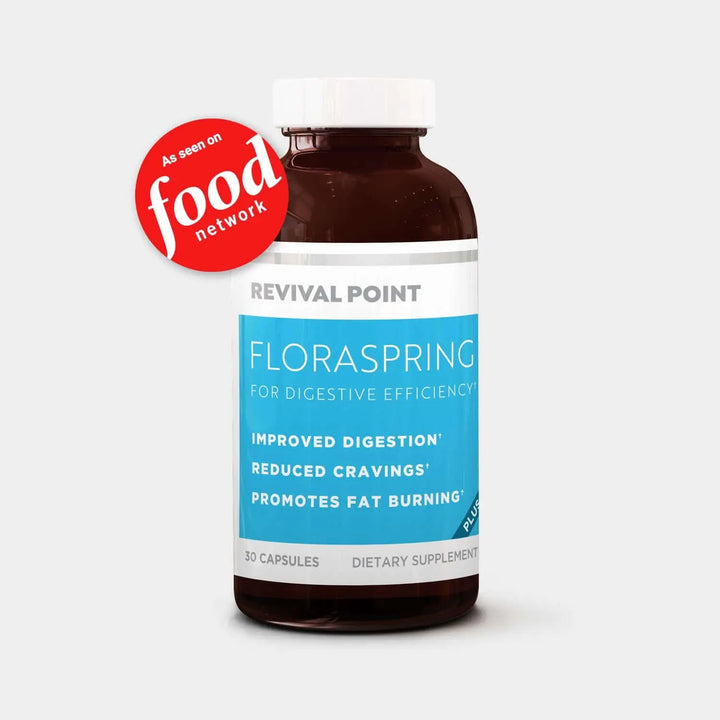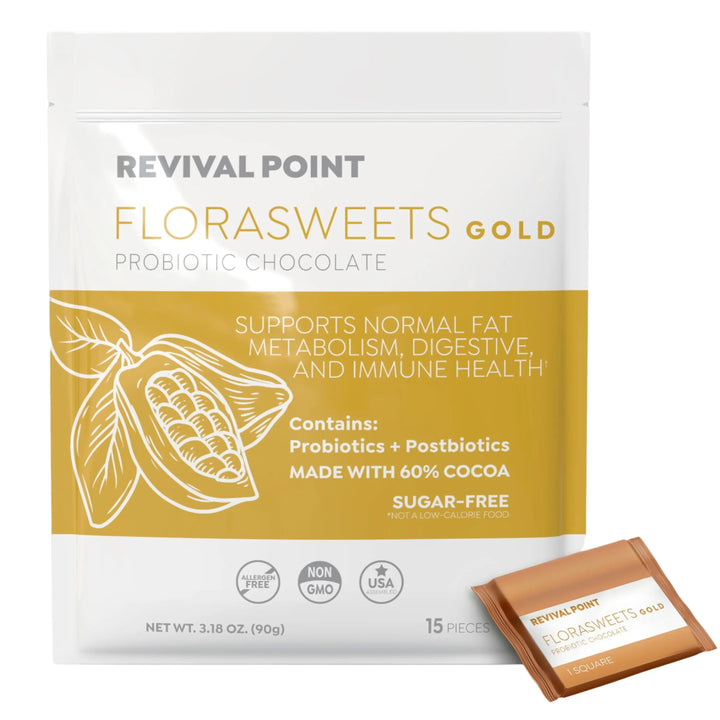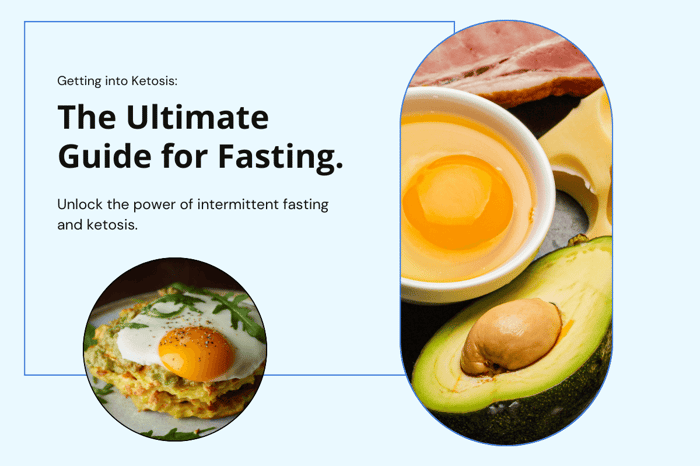Table of Contents
Here Are 7 Easy Ways to Save Money on Your Healthy Foods
Click Here to See the “Doctor’s Secret” That Can Melt Pounds of Fat in Just 12 Weeks…
You’ve made a plan to eat healthier, and you’re devoted to making real changes.
No more ultra-processed food... Lots of fruits and veggies and whole foods... Organic and local whenever possible... Low carbs... No gluten or added sugar...
You’ve acted according to plan through each and every aisle at your local health food store. Yellow “grown locally!” and red “only organic ingredients!” stickers sing from your cart.
You gave only a passing glance at the candy section before pushing your cart to the checkout. You’re feeling strong.
The cashier begins to ring you up. As she glides your carefully chosen items across the scanner, you smile with pride. And then your eyes begin to watch the prices dance across the checkout screen.
TRENDING: Science Reveals Easy, No-Workout Ways to Lose Weight… While You Snooze!
That’s when your stomach drops. How could one small organic apple cost $3.50? Is local, grass-fed beef always in the double digits? And those gluten-free flaxseed crackers you weren’t so sure about – they can’t possibly be that much!
This scenario is familiar to a lot of people who try to transition to healthy eating. They go out with good intentions, and leave feeling deflated. How can anyone afford to eat well?
Like anything you buy, healthy food has all the potential to be a hefty expense – if you aren’t careful. The foods marketed as good for you or made for a specific diet tend to be the priciest of all.
Is the price difference a legit reason to give up, then? Is it reasonable to break your resolve so you won’t break the bank?
No, and here’s why – healthy food can be affordable.
Not only is eating well possible on a budget – it can save you money when done right.
Here are seven simple steps that will help you shrink that grocery bill, alongside your waistline.
Floraspring® Probiotics (25 Billion CFU's)

$177.00
$209.85
Floraspring® is a probiotic specifically designed with 15 science-backed probiotic strains INCLUDING 5 SUPER STRAINS for a complex balance support for weight, management, digestive health, and suppression of cravings.* 25 Billion Powerful Colony-Forming Units (CFUs) 15 Scientifically Backed Probiotic Strains… read more
1) Avoid the Flashy
There are a lot of diet trends floating about, and companies are always ready to turn a profit on them. If something in a package is being advertised as a “superfood,” or a necessity to a specific eating fad, it’s probably priced higher than it’s worth.
BRAND-NEW: 5 “Living Nutrients” That Can Trigger Rapid Fat Loss!
Any food that comes prepackaged should be reconsidered – no matter what promises or claims jump off the box at you. These are intended to convince you of a product’s value, but good food doesn’t need a spokeswoman.
The extra costs of packaged and branded “health” foods are likely covering the flair – not added nutritional value. Avoid the extra expense by omitting or limiting processed or packaged foods – especially those dressed up in big promises.
2) Dine In
It’s always cheaper to eat at home, so make this a regular habit. Not only will it you save money, but you have the added benefit of knowing exactly what you’re eating.
Try to plan each meal in advance, and make them in batches large enough for some leftovers. That way tomorrow’s lunch is easy, and your precious time spent in the kitchen is cut in half.
Florasweets Gold Probiotic Chocolate - Sugar Free Dark Chocolate 60% Cacao

$49.95
Can chocolate that tastes amazing also be good for you? YES, it can! Florasweets Gold introduces a groundbreaking blend of the probiotic Bacillus subtilis DE111 ® ( 5 billion CFU) and the postbiotic Bifidobacterium lactis BPL1® (10 billion CFU) ,… read more
3) Stock Up
Buying in bulk is the thrifty shopper’s friend. Use the bulk section to stock up on foods you eat a lot of, or those with a long shelf life. Whole oats, beans, nuts, and seeds are all examples of wholesome options that are usually cheaper when bought in bulk.
Outside of the bulk section, consider purchasing anything you use regularly in its largest available size. This is a good rule for staples like cooking oils, nut butters, and grains.
BRAND NEW: These Delicious Desserts Can Help You Burn Fat & Lose Weight
You can even stock up on perishable items like meat or butter. Just remember to portion these out at home and freeze whatever you won’t use within a week.
Not only will you save money by buying big – you’ll help the world by using less packaging and making fewer trips to the grocery store.
4) Waste Not
Smart shopping requires planning. It’s frustrating to spend a fair amount of money on quality, healthy food... only to throw some away because you couldn’t eat it in time.
Be aware of each product’s shelf life before buying, and have a plan on how you’ll use it within a day or two. Keep in mind that organic products will have a shorter shelf life than conventionally grown ones.
Hesitate before you toss anything away, and don’t be afraid to get creative in a pinch. If you notice your zucchini and squash are going soft, find a new soup recipe to try out. Freeze any extra-ripe fruit for your morning smoothies.
As long as you pay attention to what’s in your fridge and on your shelves, you should never have to throw away food. Keep the oldest things up in front so you’ll be reminded to eat them, and use the fridge and freezer to your advantage if time escapes you.
5) Buy Conventionally Grown Produce
Most of us are well aware of the “Dirty Dozen” – that annually updated list of fruits and veggies that should be bought organic whenever possible.
But have you heard of the “Clean Fifteen”? These are the fruits and veggies you can safely stock up on from the conventionally grown aisle.
SPECIAL: This Scientific Trick Can Reduce Your Belly Fat By 8.5% in Just 12 Weeks...
If your budget is tight, plan your weekly menu around these 15 options. Vegetables don’t need to be organic to be healthy, and it’s better to go conventional than skimp on produce.
6) Be Flexible
It’s a good idea to plan meals ahead of time – but don’t let your plans distract you from a good sale! Keep your eyes open for deals rather than temptations while shopping.
Discounts on goods about to expire can save you a lot of money, as can weekly specials or manufacturer coupons.
It’s all about staying flexible. If there’s a killer deal on local, grass-fed beef, swap your chicken dinner for meatloaf.
If there’s a good deal on frozen fruit or veggies, stock up. Frozen produce is convenient, easy to use, and lasts a long while, too.
7) Shop Around
While health food stores display lots of wonderful options, they are generally pricey. Most conventional grocers have caught up to the trends and offer similar options at a smaller price.
Take your time exploring neighborhood stores and chains. If there are two or three nearby, take a field trip to each, and a notepad along with you. Note the prices for items you plan to buy often, and compare these later.
It will probably be pretty obvious which store has the best deals. Opt to do most of your shopping here, and save the others for those days you need more variety.
Follow these straightforward steps to eat well without buyer’s remorse.
After all, the ability to enjoy quality, delicious and healthy foods should be possible for everyone – regardless of income.
Vital Muscle Boost HMB + Vitamin D - Supports Muscle Mass in Ageing individuals

$59.95
Vital Muscle Boost combines HMB with Vitamin D3 to promote muscle health throughout the aging process. Scientifically supported, HMB helps preserve muscle mass and protein levels, while Vitamin D enhances calcium metabolism to maintain stronger bones over time.Vital Muscle Boost… read more
3 No-Cost Tricks to Burn More Fat As You Sleep
If you want to go the “extra step”...
And do a little more to reach your weight loss goals than eat healthy…
There are 3 no-cost, scientifically proven ways you can burn more fat as you sleep.
And in fact, one of them is going to save you quite a bit of money in the winter: turn down the thermostat.
The colder your room is (to a point… you don’t need to make it Siberia or anything in your bedroom lol), the more your body shivers and the more calories it burns as you sleep.
And if you think that’s a nifty little weight loss tip, I have two others for you that are absolutely FREE and will activate your body’s nighttime fat-burning mechanisms:
Click Here for 3 Easy, Free & Scientifically Proven Ways to Burn More Fat While You Sleep





